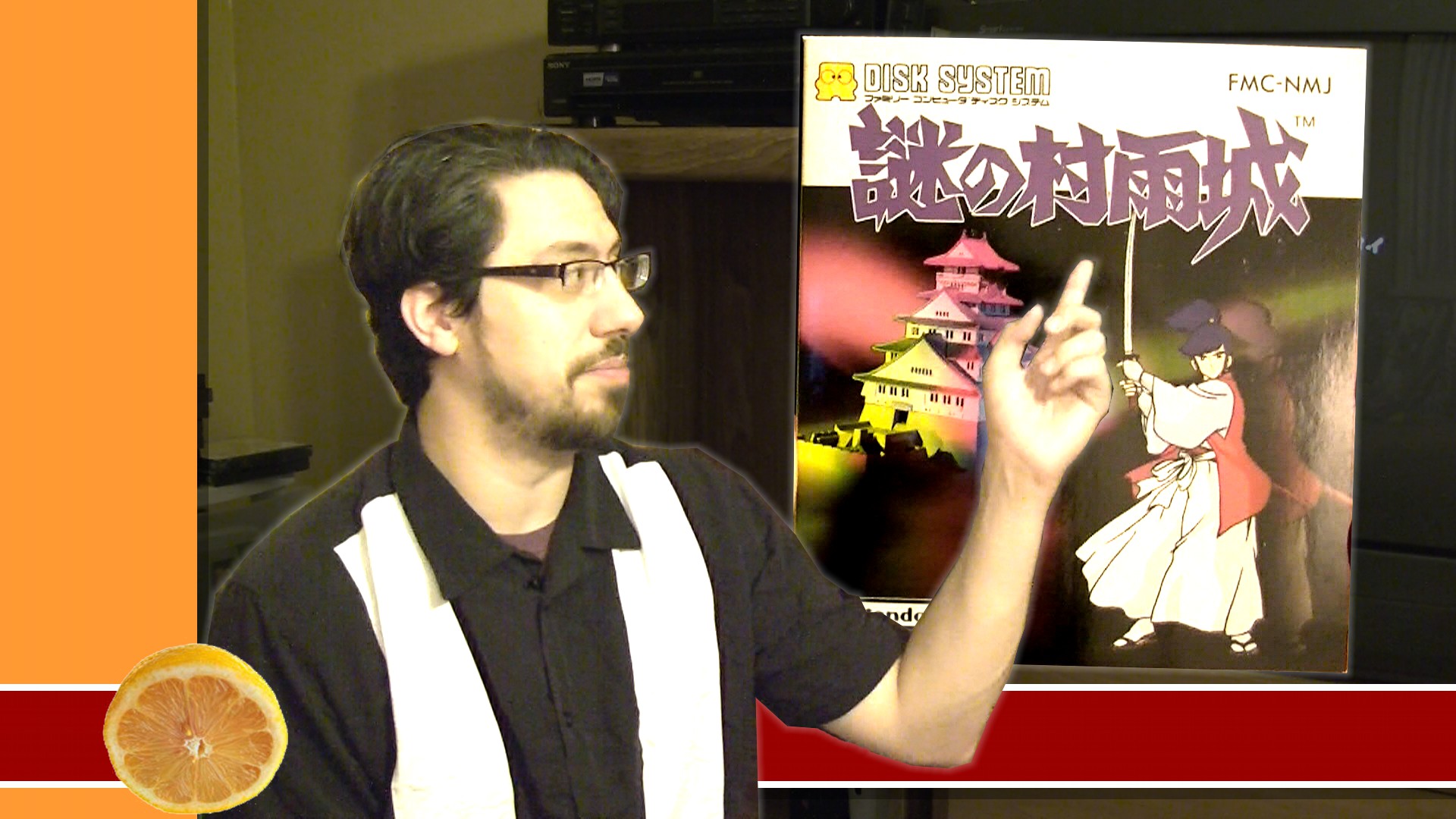$20 game of the week: Final Fantasy 7 (PC, PS1)
by William Talley, filed in $20 Game Of The Week, Games on Jul.24, 2006

Who the hell said that I was restricted to just this generation? Beside, you can play this on your PS2/PS3 if that counts, and seeing as how there is a massive resurgence of intrest in it (Advent Children dvd, release of new sequels and prequel games fot it), now would be a good time to take a look at the original.
I can almost hear the peanut gallery of Nintendo fanboys now up in arms about the franchise’s move to Playstation. Heck, until I got my Playstation, I was one of them. I even wrote a letter to squaresoft explaining my anger. At the time I was dead set on getting the Nintendo 64, and Squaresoft’s decision to develop for Playstation felt like utter betrayal to me. However, it became apparent that the N64 wasn’t really worth spending dough on (at least until WCW/NWO revenge was released in 98). encouraged by my friends who had made the jump to Sony, and lured by games such as Disruptor, Legacy of Kain, and Tekken 2, I decided to make the jump to Sony. Ironic then that this object of my anger would be one of the main reasons behind my abandoment of Nintendo.
No matter how you may have felt about it at the time, or how you feel about it now, this was a major turning point for the Final Fantasy series, role playing games, or perhaps gaming in general. RPGs have always been big on storyline and character development, but until FF7 was released, the graphics had been (with a few notable exceptions such as Chrono Trigger and Final Fantasy 3/6) lacking the eye candy to compete with the Mortal Kombats, Donkey Kong Countries, and the FX chip games, thereby condemning them to a niche audience. FF7 changed all that, involving beautifully rendered CGI cinema scenes along with animated polygonial graphics so that the storyline could be illustrated better than ever.
The storyline wasn’t bad either. Involving love and heartbreak, evil corporations, conflict between magic and science, and one of the most sinister video game villians ever (Sepiroth), the storyline is a major example of how to properly break away from the norms of RPG storytelling, and still remains a classic to this day. It set the basis for the more serious style of art in later entries of the series such as VIII and X.


 PS3
PS3
 Famicom Dojo
Famicom Dojo KEEP PLAYING
KEEP PLAYING KEEP PLAYING: Rewind
KEEP PLAYING: Rewind Powet Toys
Powet Toys Powetcast
Powetcast Hitchhiker's Guide POWETcast
Hitchhiker's Guide POWETcast














